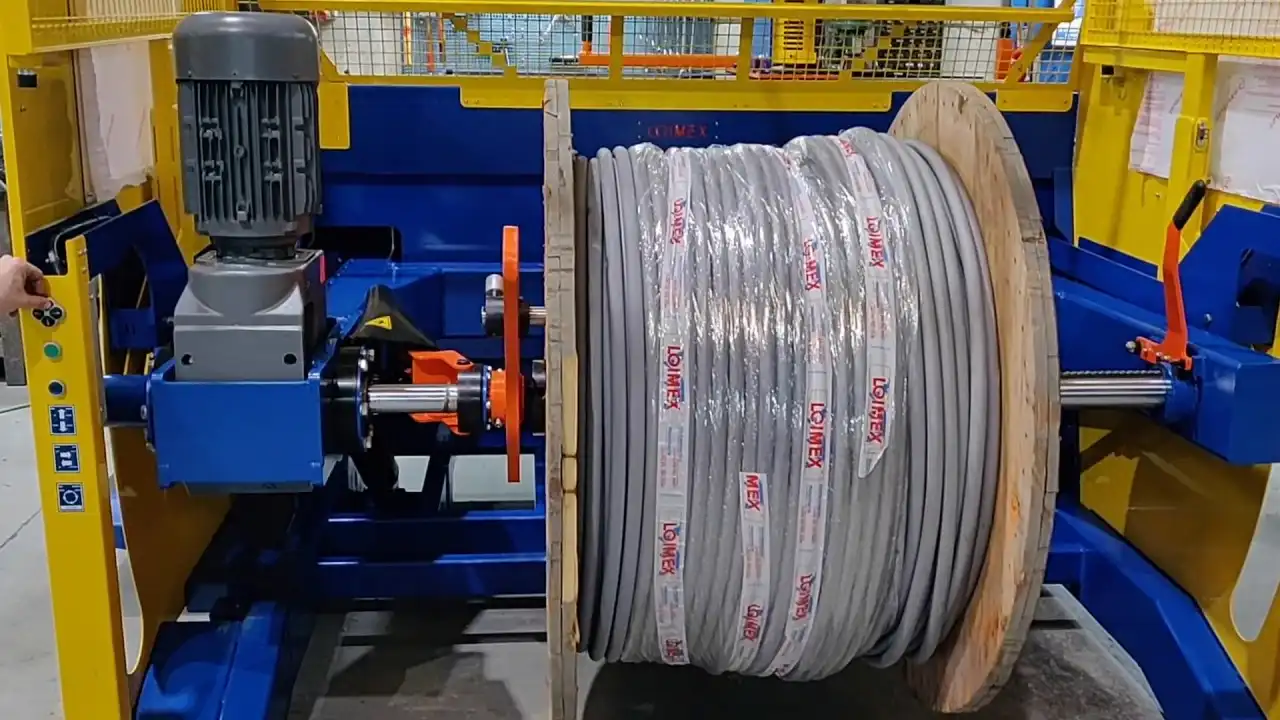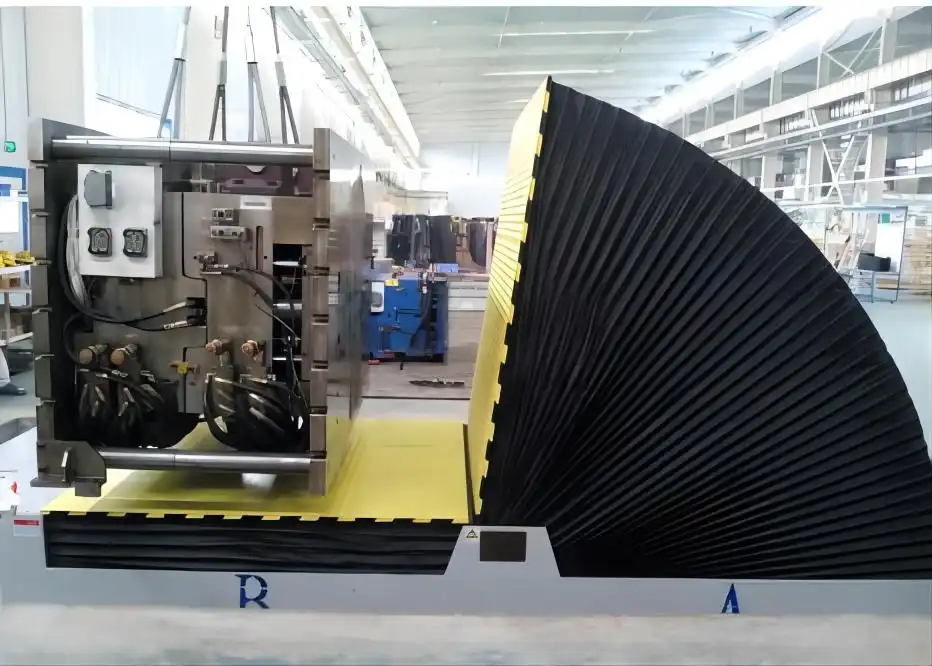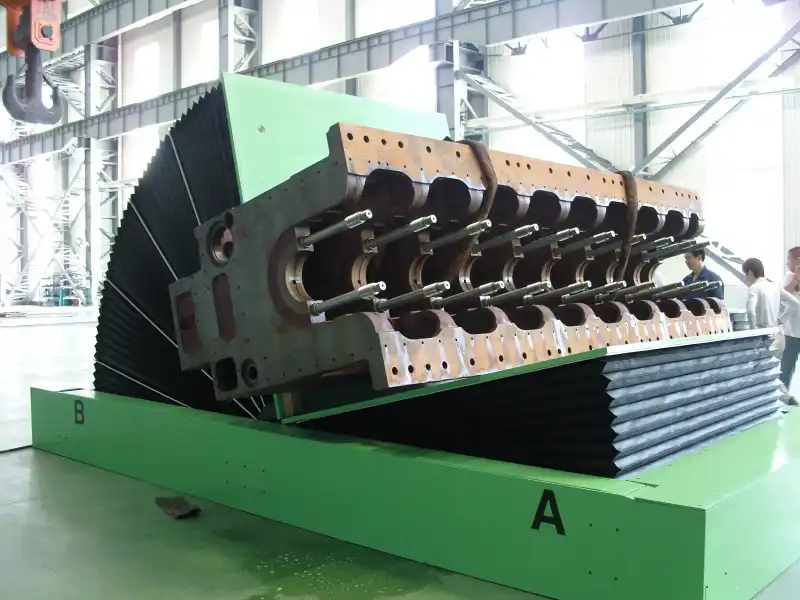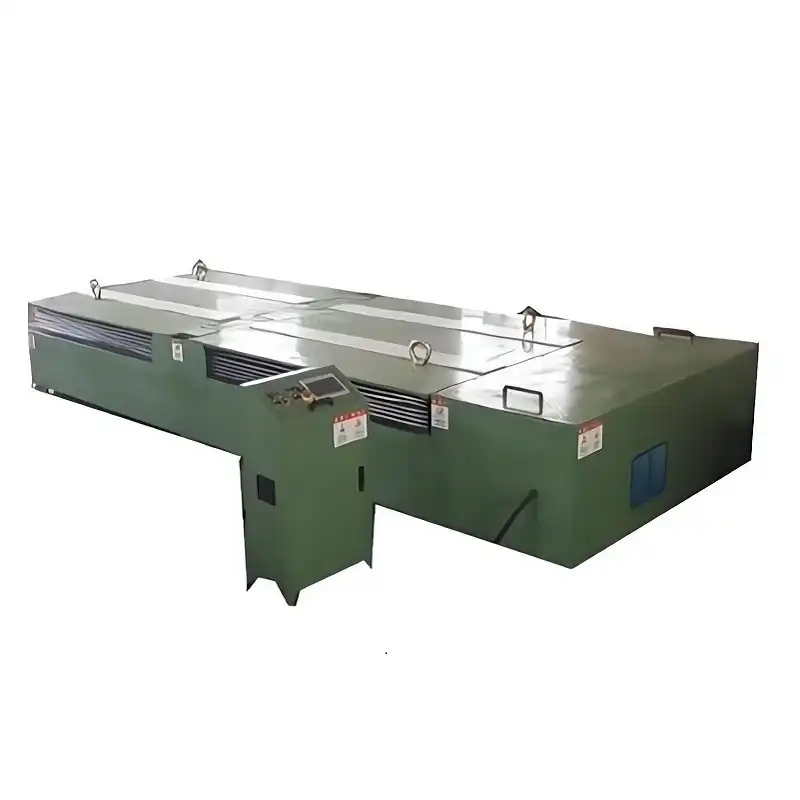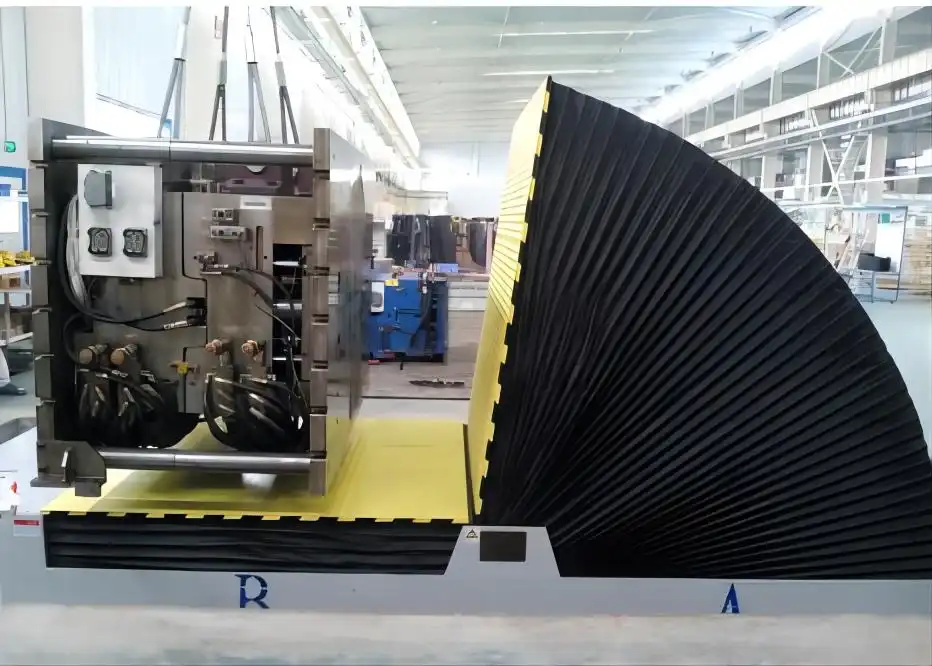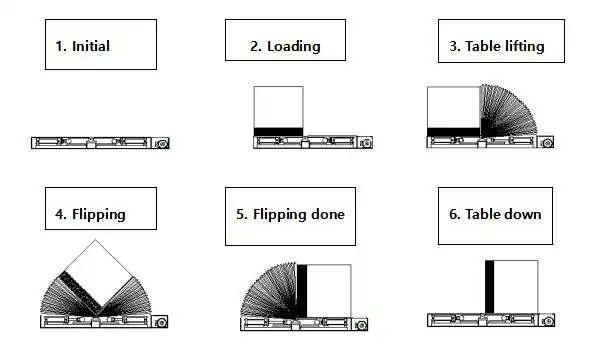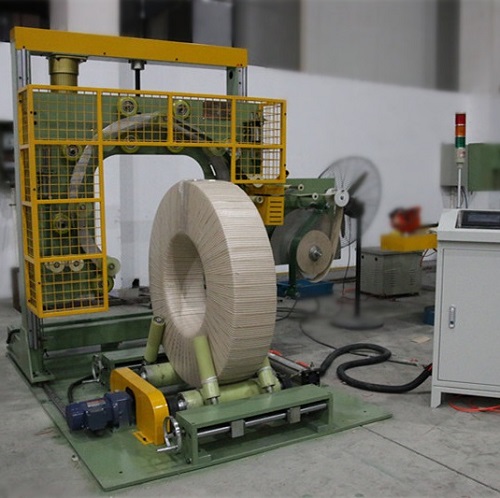Facing issues with steel coil upenders can be frustrating, affecting production and safety. Understanding common problems can guide efficient solutions and keep operations running smoothly. Let’s explore common issues and how to address them for optimal performance.
Common steel coil upender issues include electrical malfunctions, hydraulic failures, and mechanical obstructions. Electrical issues, like faulty wiring or blown fuses, can halt operations. Hydraulic problems often stem from leaks or fluid loss. Mechanical obstacles may involve misaligned components or worn-out parts hindering movement. Identifying and resolving these problems ensures smooth operations and extends equipment lifespan.
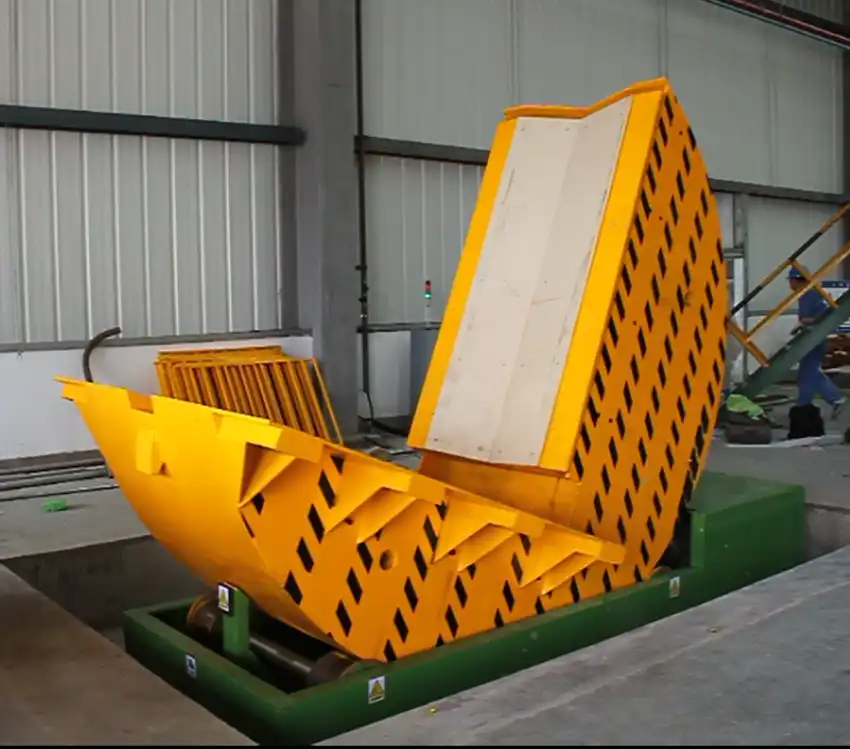
Understanding these issues is only the first step. Addressing them effectively requires a systematic approach to troubleshooting and maintenance. Let’s delve deeper into these challenges and how to manage them efficiently.
What are the most frequent problems encountered with steel coil upenders?
Steel coil upenders are crucial in many industries. When they malfunction, production suffers. Addressing typical concerns like misalignment, electrical failures, and leaks can prevent downtime and ensure safety. Understanding these problems helps in implementing proactive solutions.
Frequent upender problems include operational delays from motor breakdowns, sensor errors, and software glitches. Electrical faults may arise from power fluctuations affecting control systems. Mechanical issues, such as jamming or improper alignment, affect efficiency. Regular maintenance and prompt responses to error signals can minimize these disruptions, ensuring safety and steady production.
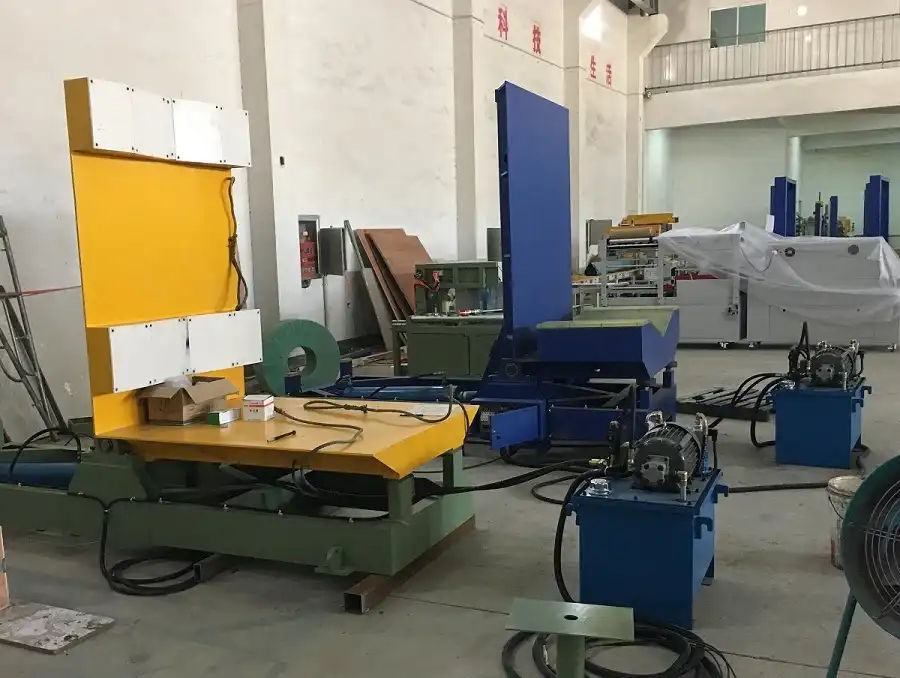
Addressing Mechanical Failures
Mechanical failures in upenders, like component misalignment or part wear, can disrupt operations. To mitigate these, it’s essential to diagnose and solve issues promptly.
| Mechanical Issue | Description | Solution |
|---|---|---|
| Misalignment | Components not in proper position | Regular adjustment checks |
| Part Wear | Wear over time reduces efficiency | Routine inspection and replacements |
| Jamming | Blockages due to debris or misplacement | Clean and clear working area |
In my years of experience, a proactive maintenance schedule is often a game-changer. I once faced a persistent misalignment issue that was eventually traced back to irregular maintenance. Implementing regular checks significantly improved uptime and reduced headaches. Such practices ensure reliability and extend equipment lifespan.
Addressing Hydraulic Problems
Hydraulic systems are the backbone of upender operation. Leaks or fluid issues can lead to serious operational failures. Regular inspections and timely interventions safeguard against these occurrences.
Hydraulic problems often arise from worn seals or inadequate fluid levels. Ensure your maintenance team performs regular checks to detect early signs of wear. Replacing seals and maintaining optimal fluid levels are simple yet effective solutions to these challenges. Consistent monitoring can avert major disruptions.
Let’s discuss some specific scenarios:
| Hydraulic Issue | Description | Solution |
|---|---|---|
| Seal Wear | Degradation leads to leaks | Regular seal replacements |
| Fluid Contamination | Foreign particles in hydraulic fluid | Use of clean, quality fluids |
| Pressure Loss | Drop in hydraulic pressure affects lifting | Routine system pressure checks |
Having dealt with hydraulic failures, I learned the importance of using high-quality hydraulic fluid. Compromising on fluid quality often results in costly breakdowns. Keeping spare seals and parts ready minimized downtime, ensuring rapid recovery from unexpected issues.
Electrical Troubles and Resolutions
Electrical problems often cause significant production interruptions. Addressing minor electrical issues before they escalate is crucial for optimal operations.
Frequent electrical issues include faulty wiring and control system errors. Routine electrical checks and software updates can preempt major breakdowns. Employing energy management systems can also stabilize operations, ensuring reliability.
Here are some common electrical issues to consider:
| Electrical Issue | Description | Solution |
|---|---|---|
| Faulty Wiring | Affects electrical flow, may cause shorts | Regular wiring inspections |
| Sensor Malfunctions | Incorrect data transmission | Sensor recalibration |
| Control Errors | Software glitches disrupt operations | Regular software updates and maintenance |
My journey through solving electrical problems taught me the value of engaging skilled technicians for routine inspections. Once, a sensor fault halted production, but prompt recalibration resolved the issue efficiently. Continuous learning and adapting to technology changes bolster production and safety standards.
Mastering these challenges ensures smooth and effective upender operation, minimizing risks and enhancing productivity. As we pursue automation for operational excellence, facing these challenges equips us with the tools for enduring success.
2. How can regular maintenance prevent common upender issues?
Preventive maintenance is your frontline defense against unexpected downtime and costly repairs with upenders. By keeping these machines in peak condition, you ensure smooth operations, increase longevity, and optimize performance. It’s not just about fixing issues—it’s about steering clear of them in the first place for seamless productivity.
Regular maintenance significantly mitigates common upender problems by identifying potential issues before they escalate. Routine checks on mechanical parts, lubrication, and software updates help maintain operational efficiency, extend the machine’s lifespan, and ensure safety. A proactive maintenance program minimizes unplanned disruptions, leading to improved workflow and consistent output.
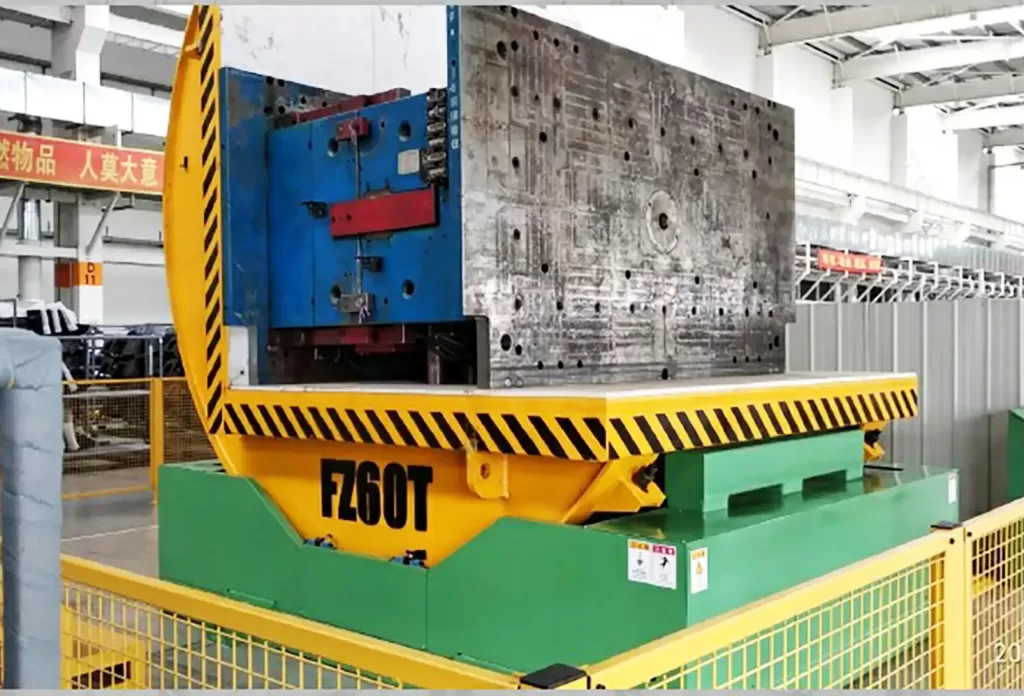
Dive Deeper: The Importance of Routine Checks
Routine checks are the backbone of a reliable maintenance plan. They enable early detection of wear and tear, prevent minor issues from growing, and ensure safety standards are met. Drawing from my extensive 40-year experience, let me outline key areas to focus on.
-
Inspection Schedule
Establish a frequent inspection schedule to check all parts of the upender. Consistent assessments identify any loose or worn components that need immediate attention before becoming severe problems, thereby ensuring the equipment remains functional and reliable. -
Component Lubrication
Moving parts require regular lubrication to function smoothly. This reduces friction, prevents rust and corrosion, and helps the machine operate at its best. It’s essential to use the right lubricant specified by the manufacturer for optimal performance. -
Software Updates
Ensure the software controlling the upender is always up-to-date. Software improvements can boost performance and add new features that enhance productivity. Neglecting updates can lead to software bugs that may cause unexpected machine behaviors.
| Key Activity | Frequency | Importance |
|---|---|---|
| Inspection | Monthly | Prevents minor issues from becoming costly repairs |
| Lubrication | Bi-Monthly | Reduces friction, prevents rust |
| Software Updates | As released | Enhances performance, prevents software-induced errors |
Through these routine checks, potential issues are addressed promptly, leading to fewer disruptions and extending the machine’s life span. Each task in the maintenance plan plays a critical role in keeping productivity steady.
3. What troubleshooting steps should be taken when issues occur?
When upender issues arise, swift action is crucial to minimize downtime. Spotting problems early and applying effective troubleshooting methods can save time and resources. Addressing issues without delay not only aids immediate resolution but also contributes to long-term reliability and efficiency.
Begin troubleshooting with a systematic approach by identifying the symptoms, examining potential causes, and using manufacturer’s guidelines for resolutions. Start with simple fixes and escalate to more complex checks if needed. Keep documentation for fixes to assist in future issues, ensuring a smoother operation and quicker resolutions.
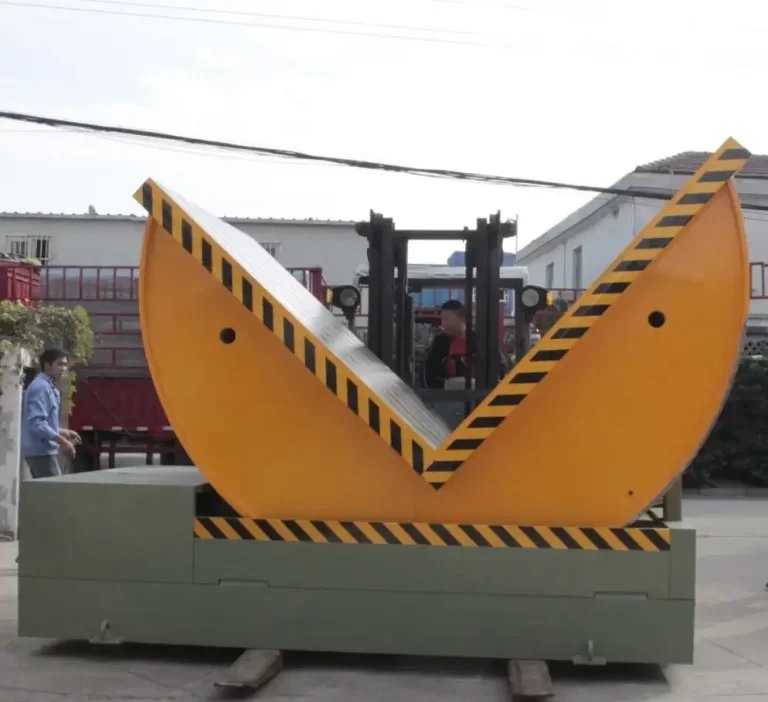
Dive Deeper: Systematic Troubleshooting Steps
A structured troubleshooting method is vital for resolving upender issues effectively. Here’s how you can implement a thorough, step-by-step approach based on my extensive industry experience:
-
Identifying Symptoms
Clearly document what’s wrong with the upender. List symptoms such as unusual noises, error messages, or irregular movements which can point towards specific issues. -
Analyzing Common Causes
Investigate common causes for the observed symptoms. This could be electrical faults, mechanical issues, or software glitches. Cross-reference the symptoms with the equipment manual for guided solutions. -
Implementing Solutions
Start with simple potential resolutions like resetting the equipment or tightening loose connections. Move to more complex solutions such as replacing parts or recalibrating sensors if basic fixes do not work. Always ensure you are following the manufacturer’s instructions.
| Step | Action Taken | Goal |
|---|---|---|
| Identifying | Document symptoms accurately | Provides clarity and direction for troubleshooting |
| Analyzing | Match symptoms with common causes | Understand possible reasons for malfunctions |
| Implementing | Start with the easiest solutions, escalate if needed | Ensure quick and efficient resolution to minimize downtime |
Through these steps, you not only resolve existing issues but also gain valuable insights for preventing future problems.
Conclusion
In summary, effective troubleshooting of steel coil upenders combines regular maintenance and prompt action. By focusing on routine checks, you prevent issues from arising, and by applying a structured troubleshooting method, you resolve problems swiftly. This approach ensures minimal disruptions and sustained productivity in your operations.
Summarize the key strategies for troubleshooting steel coil upenders effectively, emphasizing the role of regular maintenance and prompt action in minimizing disruptions.

